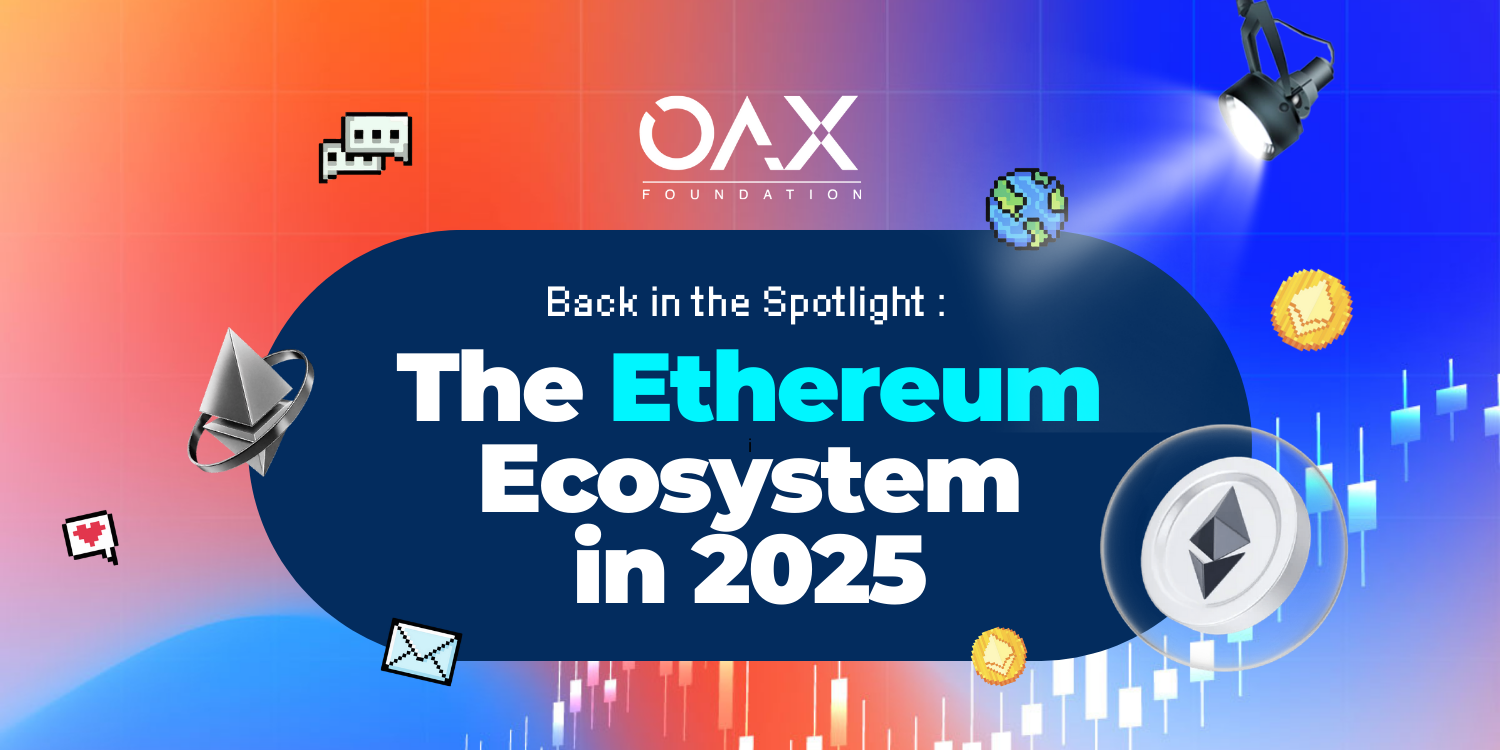
Ethereum at a Crossroads: Uncovering What’s Behind the Momentum
Ethereum, the blockchain that pioneered smart contracts and decentralized applications (dApps), has reached a critical juncture. Launched in 2015 by Vitalik Buterin and a team of visionaries, Ethereum revolutionized blockchain technology by transforming it from a digital ledger into a programmable platform. Yet, nearly a decade later, Ethereum finds itself under pressure. Once the undisputed leader in decentralized finance (DeFi) and NFTs, it now faces stiff competition from faster, cheaper alternatives like Solana and the rising prominence of Layer 2 rollups.
The Pectra Upgrade, which went live on May 7, 2025, marks Ethereum’s latest attempt to address these challenges. Dubbed the “people’s upgrade,” Pectra introduces 11 Ethereum Improvement Proposals (EIPs) designed to enhance scalability, improve user experience (UX), and optimize validator operations. But will these changes, combined with recent whale staking activity, institutional partnerships, and regulatory optimism, be enough to restore Ethereum’s edge in an increasingly crowded blockchain space?
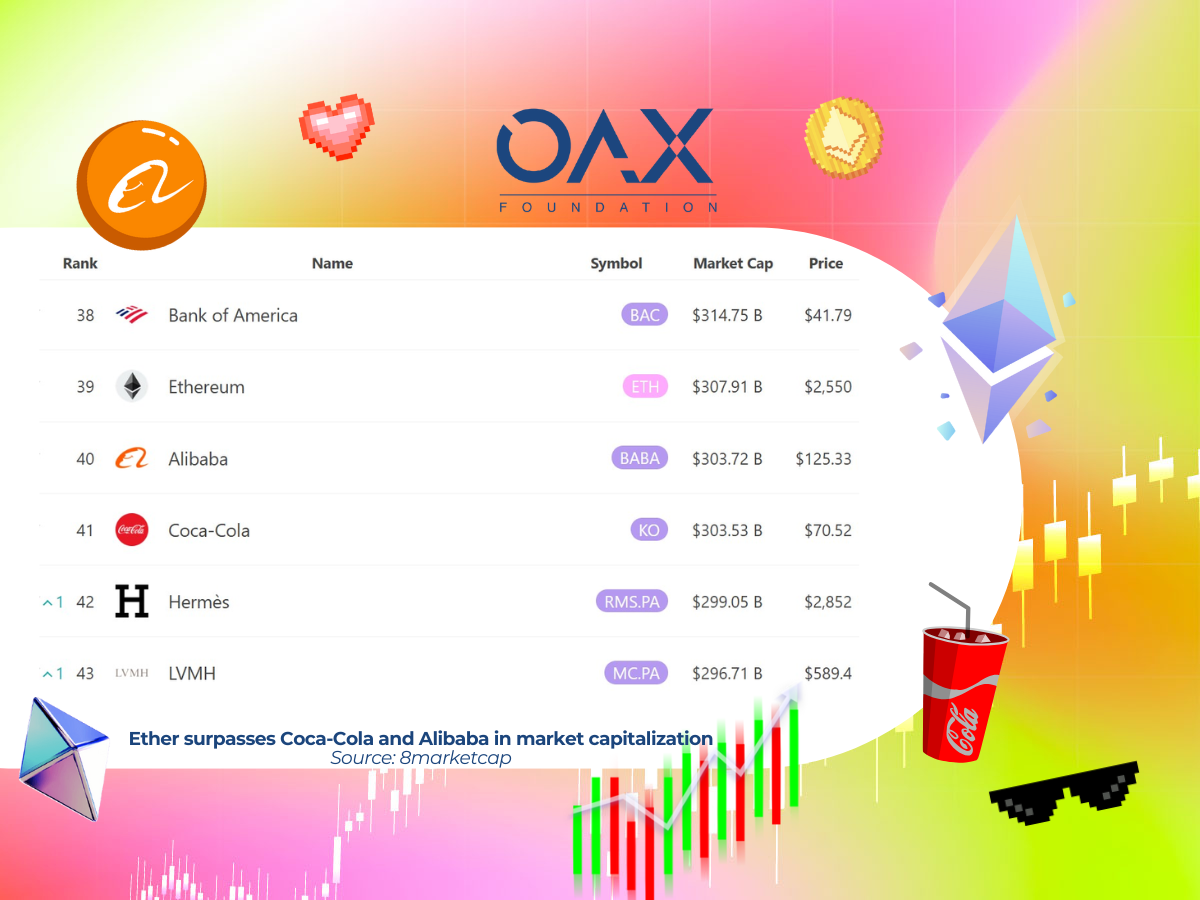
Ethereum’s Journey: From Visionary to Vulnerable
Ethereum’s history is one of bold innovation. Its introduction of smart contracts in 2015 established it as the “world computer,” powering everything from decentralized exchanges to tokenized assets. Over time, it evolved to meet new challenges:
- The Merge (2022): Transitioned Ethereum from proof-of-work (PoW) to proof-of-stake (PoS), reducing energy consumption by over 99%.
- EIP-1559 (2021): Introduced fee burning, making ETH deflationary under certain conditions and fueling the “ultrasound money” narrative.
But Ethereum’s dominance has eroded in recent years. Competitors like Solana have capitalized on Ethereum’s high fees and slower scaling roadmap, offering faster transactions and lower costs. Meanwhile, Ethereum’s Layer 2 ecosystem has led to a fragmented user experience, with rollups like Arbitrum, Optimism, and Base operating semi-independently. Critics argue that while rollups alleviate congestion, they extract value from Ethereum’s base layer without contributing enough back to its economic security.
Internally, the Ethereum Foundation has faced criticism for slow decision-making and prioritizing long-term research over immediate improvements. The Pectra Upgrade aims to reverse this narrative, signaling a new era of faster execution and greater user focus.
1. The Pectra Upgrade: Addressing Ethereum’s Core Challenges
The Pectra Upgrade tackles Ethereum’s most pressing pain points, aiming to strengthen its technical foundation while improving accessibility and scalability.
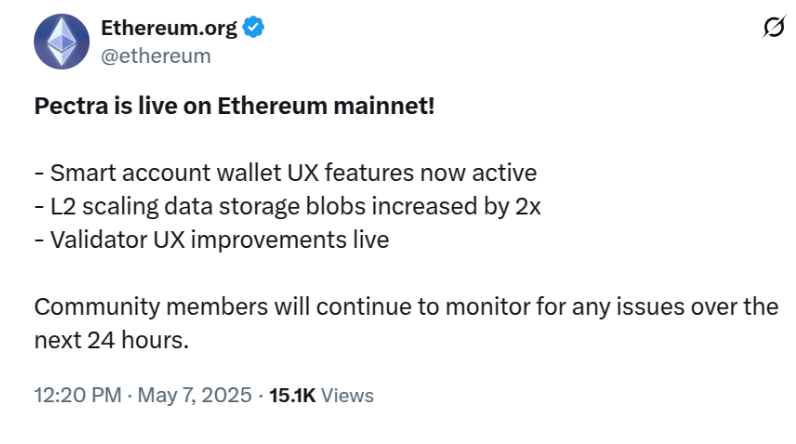
Key Features:
1. Account Abstraction (EIP-7702):
- Ethereum wallets now function like smart contracts, enabling gas payments in any token, bundling transactions, and adding security features like withdrawal limits.
- Impact: Streamlines user experience, removing friction for retail users and developers alike.
2. Blob Scaling Enhancements (EIP-4844):
- Doubles blob throughput, reducing Layer 2 gas fees by up to 100x while easing congestion on the Ethereum mainnet.
- Impact: Strengthens Ethereum’s rollup-centric roadmap and makes Layer 2s more cost-effective for developers and users.
3. Validator Improvements:
- Increased staking limits (248 ETH per validator, up from 32 ETH) and reduced onboarding delays (13 minutes) simplify operations for validators.
- Impact: Encourages greater participation in Ethereum’s PoS network while improving decentralization and security.
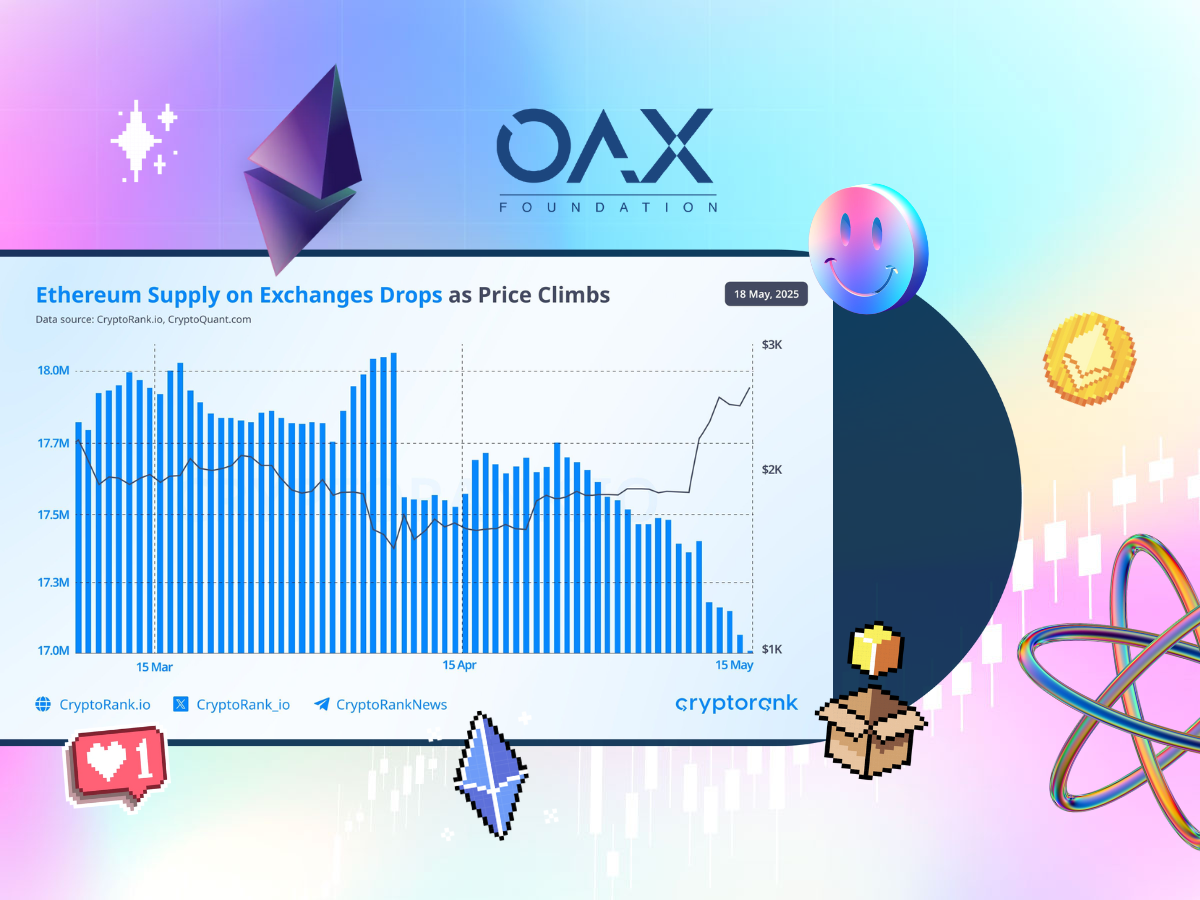 Based on data shared by CryptoRank, over 1M ETH withdrawn from exchanges in a month, 5.5% of supply. Post-Pectra updates, users appear to be accumulating, not trading.
Based on data shared by CryptoRank, over 1M ETH withdrawn from exchanges in a month, 5.5% of supply. Post-Pectra updates, users appear to be accumulating, not trading.
2. Whale Staking Movements: The Silent Catalyst
While Pectra addresses Ethereum’s technical challenges, recent whale activity has emerged as one of the key drivers behind ETH’s price surge.
Whale Activity Highlights:
Between May 1 and May 6, 2025, significant whale activity fueled bullish sentiment:
- May 1: A whale purchased $9.9M of ETH, sparking speculation about a “utility season.”
- May 4: A dormant wallet reactivated to acquire $2.2M of ETH, further boosting optimism.
- May 6: Another whale purchased $3.1M of ETH, coinciding with rising retail participation, signaling growing confidence from major investors.
Staking Trends:
- Over 34 million ETH (28.4% of total supply) is now staked, up from 26.25% in early 2024.
- Institutional staking dominates, with Coinbase (39.24%) and Binance (25.73%) leading the pack.
- Whale staking has reduced liquid supply, creating upward price pressure. Historical patterns suggest whale accumulation often precedes major rallies.
Impact: Whale activity signals strong long-term confidence in Ethereum, reducing circulating supply and amplifying the effects of the Pectra upgrade.
3. Institutional Adoption and Regulatory Optimism
Ethereum’s resurgence is also being fueled by institutional interest and pro-crypto sentiment from the Trump administration, which took office in November 2024.
Institutional Partnerships:
- BlackRock Tokenization: On April 30, 2025, BlackRock announced plans to tokenize its $150B Treasury Trust fund on Ethereum.
- Apollo Partnership: Apollo Global Management partnered with Securitize to tokenize fund shares on Ethereum, highlighting its utility in traditional finance.
- Real-World Asset (RWA) TVL: Ethereum now holds $6.5B in RWA TVL, demonstrating its relevance in institutional finance.
Regulatory Optimism:
- Expectations of a crypto-friendly SEC approving staking-enabled ETFs have spurred institutional inflows.
- Speculation about an Altcoin Strategic Reserve, including ETH, has further fueled bullish sentiment.
Impact: These developments validate Ethereum’s position as a trusted blockchain for institutional use, increasing demand for ETH as a financial asset.
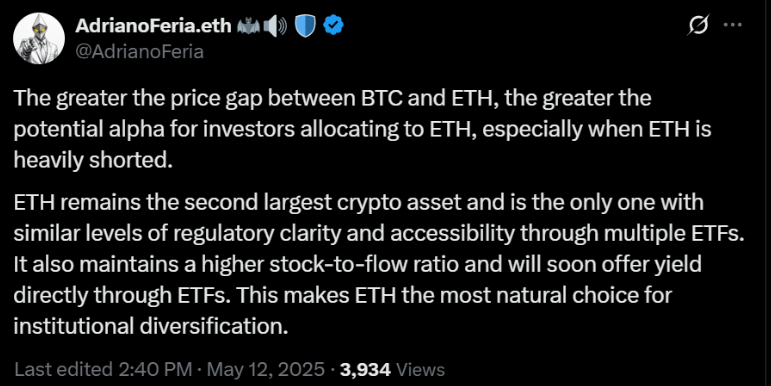
Challenges and Risks:
Despite its recent momentum, Ethereum faces several challenges:
-
Whale Behavior: Profit-taking by whales, as seen in November 2024, could trigger price corrections.
-
Macroeconomic Pressures: Ethereum’s 0.74 correlation with the Nasdaq-100 makes it vulnerable to interest rate hikes and broader market volatility.
-
Competition: Faster, cheaper Layer 1s like Solana continue to attract developers and liquidity, threatening Ethereum’s market share.
-
Economic Rebalancing: Ethereum’s reliance on Layer 2 rollups has created an economic imbalance, with critics arguing rollups should pay more to Ethereum’s base layer for long-term sustainability.
The Road Ahead: What’s Next for Ethereum?
Restoring Competitiveness: Pectra directly addresses criticisms of Ethereum’s high costs and slow development, positioning it to better compete with high-performance chains like Solana.
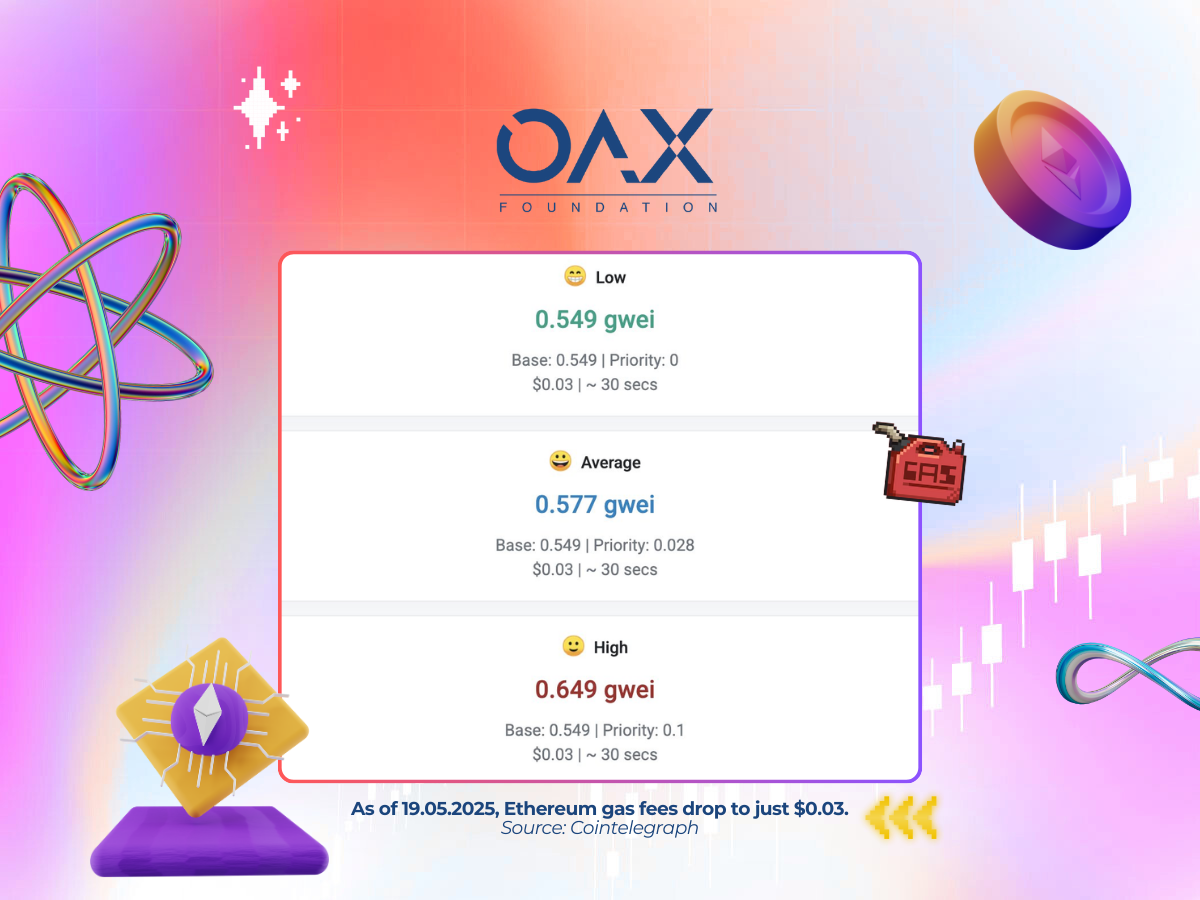
Improving Ecosystem Cohesion: By enhancing interactions across Layer 2s, Ethereum is moving toward a more unified and user-friendly ecosystem.
Laying the Groundwork for Future Upgrades: Pectra sets the stage for upcoming upgrades like Fusaka (late 2025) and Glamsterdam (2026), which will focus on further scaling and cost reductions.
Conclusion: A New Chapter for Ethereum
Ethereum faces fierce competition in the blockchain space and must execute its roadmap with precision to maintain its relevance. In our view, the Pectra upgrade signals that Ethereum is not complacent, actively striving to stay competitive by addressing core pain points such as high gas fees, complex user experience, and staking limitations. Better late than never, Pectra introduces transformative features making Ethereum more accessible and cost-efficient.
While there’s some contradiction in allowing gas payments with ERC-20 stablecoins (potentially reducing ETH’s utility as a gas token), the influx of new users, increased transaction volume, and resulting gas income may outweigh this downside, fostering broader adoption.
Just weeks after the upgrade, market hype is evident, with early data showing signs of increased staking and hodling, reflecting growing confidence in Ethereum’s ecosystem. However, the full impact of Pectra remains to be seen, as data on L2 adoption, transaction cost reductions, and user growth will emerge in the coming months. Pectra is not an immediate game-changer but a foundational step toward a more user-friendly and inclusive ecosystem. Ethereum will continue to grapple with its identity crisis as both “ultrasound money” and a utility token, a balance that will shape its long-term trajectory.
The OAX token, an ERC-20 token on Ethereum, leverages the blockchain’s unmatched security and smart contract capabilities, reflecting our trust in its robust technology to power innovative decentralised solutions. The combination of technical innovation, institutional adoption, and market confidence signals that Ethereum’s story is progressive. We’re excited to further review the impact of Ethereum’s developments in the coming months.
Disclaimer: The above is an opinion piece written by an authorized author, but in no way represents the official standpoint of OAX Foundation Limited, nor should it be meant to serve as investment advice.


